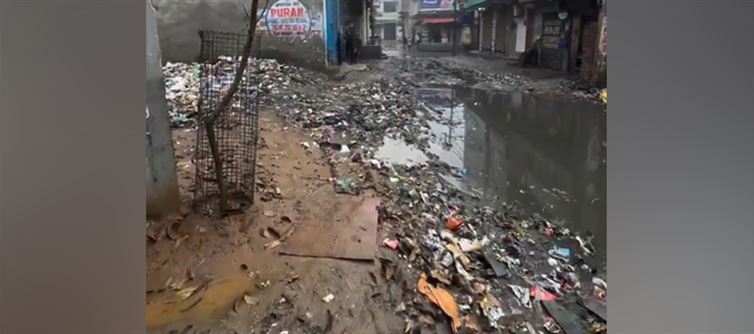
On paper, ₹2,000 crore sounds impressive. But broken down, the math tells another story: only ₹2.7 crore is available per square kilometer and about ₹11,000 a year per citizen. That amount must stretch to cover everything from road repairs to garbage disposal, water supply to staff salaries. And yet, even these meager allocations don’t fully reach the ground. Why? Because a large portion of funds vanish into cost overruns, contractor cartels, and bureaucratic inefficiency.
Insiders point to inflated tenders for road works, payments cleared for drains never desilted, and ghost employees drawing salaries. Streetlight projects and garbage contracts routinely cost double what they should, raising red flags about collusion between officials and contractors. Meanwhile, real civic needs—basic sanitation, safe drinking water, sustainable waste management—remain unmet.
The larger problem is structural: municipal corporations like MCF are expected to manage vast responsibilities but are starved of resources and autonomy. What little they do get is often siphoned off before it can benefit citizens. Faridabad’s plight is thus less about a shortage of funds and more about a leakage of accountability. Until transparency in budgeting and spending becomes non-negotiable, the city will continue to wear the “smart” tag while its residents live in conditions that are anything but.




 click and follow Indiaherald WhatsApp channel
click and follow Indiaherald WhatsApp channel